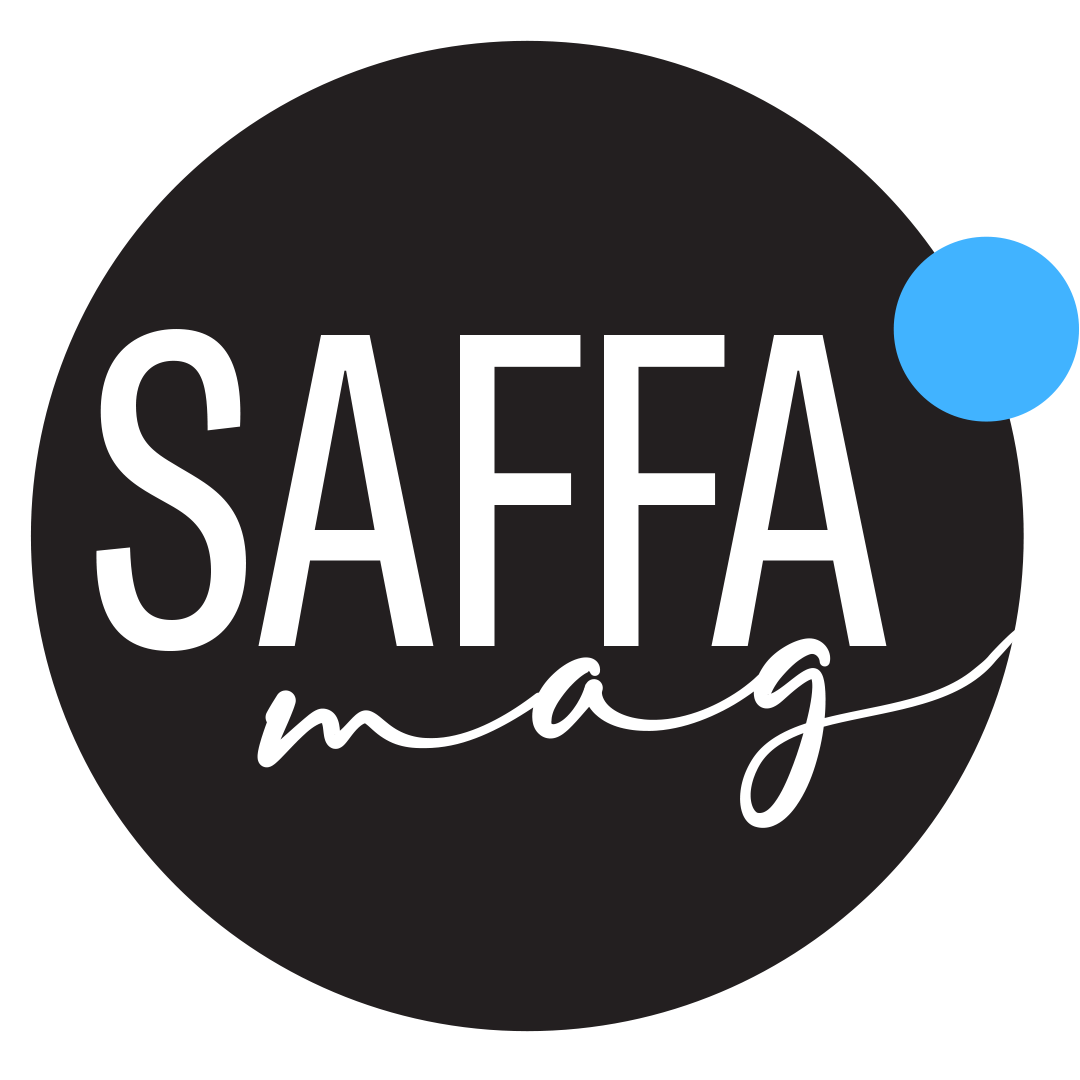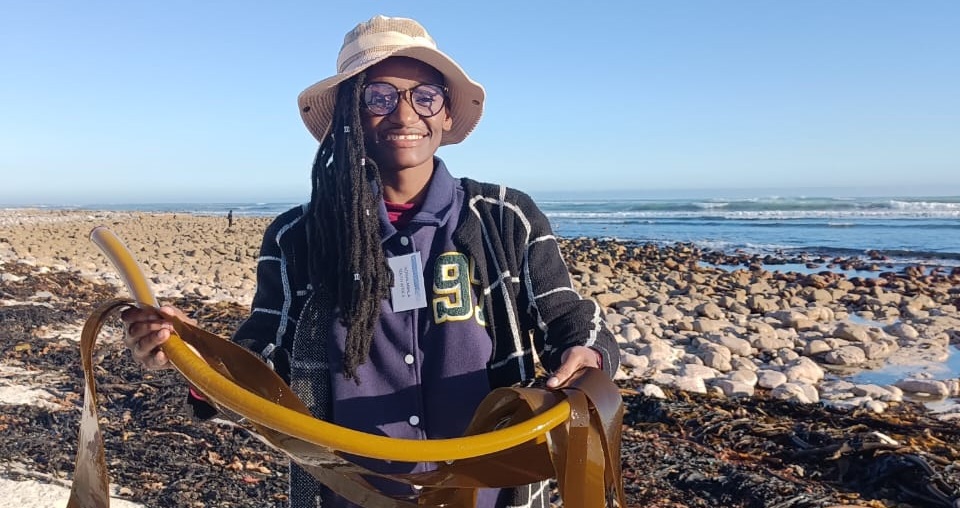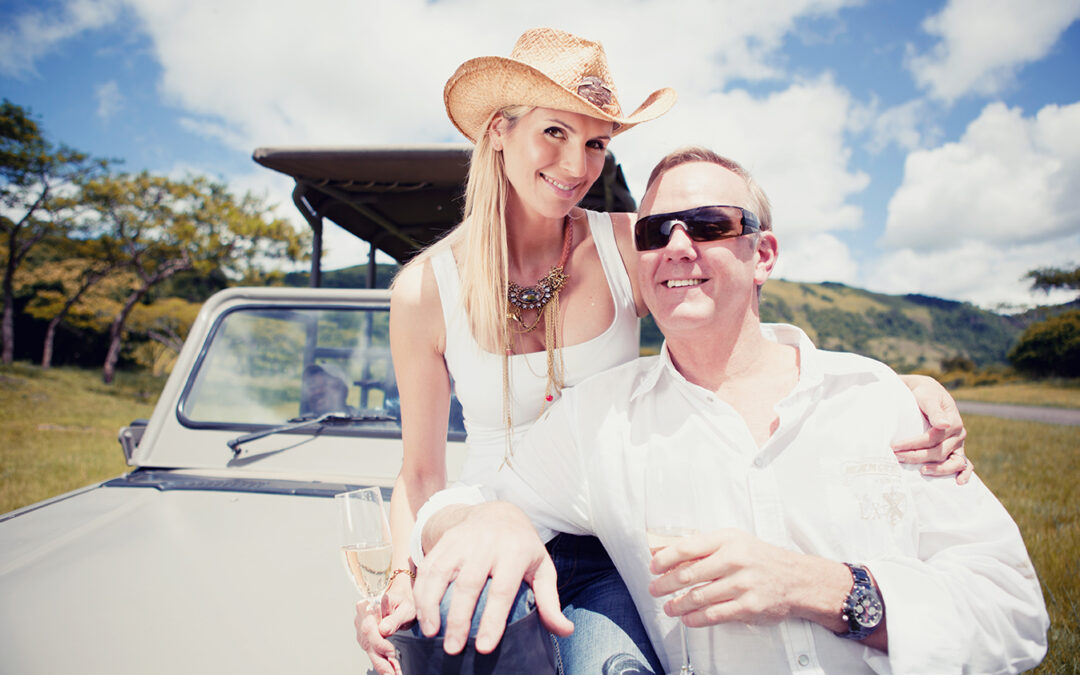As a researcher and therapist, I have the privilege of experiencing the world of emigration through the eyes of my clients. Everyone’s experience is unique. Emigrants venture into a new, unknown world, they leave the familiar to start afresh amid new cultures and environments. Some of my clients recall a profound sense of being emotionally uprooted, others fully seize the opportunities presented and continued to thrive. Yet, some experience both. By Sulette Ferreira

Art and the world citizen We live simultaneously in two worlds: the outer world of experiences, circumstances and situations, and the inner world of reactions, emotions and thought.
Emigration presents this same complexity: in our outer world of circumstances and situations we or a loved one emigrates and we react to that experience in our inner world of thoughts and emotions. In my encounter with the art of French sculptor Bruno Catalano I found that art presents this same dualism and can therefore assist us in exploring the depth and complexity of this phenomena.
Through his art, he delves into the universal themes of travel, journeying and migration. In 2013, Catalano created ten life-size bronze sculptures which he displayed along the waterfront of Marseille to commemorate the city’s status as the European Capital of Culture. Aptly titled ‘Les Voyagers’, the sculptures, of which the most famous is now on permanent display in Calgary, Canada, depict ten different travellers with large portions of their bodies missing, each carrying a suitcase. Stunningly imperfect, these ‘hollow’ figures resonate the story of the modern-day soul, the traveller and the emigrant. Despite their bodies being open to the wind and light each retains its balance and coherence.
An emigrant himself, Catalano was born in Casablanca, Morocco, but moved to France to settle in Marseille, at the age of 12. He went on to become a sailor. Considering himself an eternal emigrant, Catalano was always in the process of leaving: “far from my roots, wanting to leave, curious to look elsewhere, to see what happens”; a nomad who does not belong to any one place. To him, these sculptures represent the world citizen. To Catalano, migration represents an intimate journey.
While each of these statues carries a single suitcase that weighs them down, these suitcases also serve as their only means of support. The suitcase represents experiences and desires; a container filled with memories that grounds the emigrant and provides support. Catalano refers to this as “roots in motion”.

Art and the emigration therapist Emigration outcomes are often depicted as fairy-tale endings, with successful emigrants thriving in their new country, rarely looking back with regret. However, the reality shared with the emigration therapist is often the opposite, often relating the challenges experienced, the sadness and loss of all that was known and loved. This is strikingly expressed in the missing parts of the statues by Catalano.
The large missing parts in the statues entice the viewer’s imagination. As an emigration therapist, I was encouraged by Catalano’s art to re-examine my thinking and approach towards emigration. In every person’s life, there are incomplete experiences; missing pieces of a larger puzzle. During therapy, art can complement the conversation.
When experiencing art, both the artist and the audience exhibit some level of emotional vulnerability, just like a heartfelt conversation with a counsellor. We are all nomads in the journey of life. We have all experienced the excitement of the new, and the sorrow of the loss of what we have left behind. Emigration leaves one feeling ungrounded, floating, and uncertain about the future. Still we find the strength to carry on when we unpack our suitcase filled with memories that we carry in our hearts and thoughts. Many will recognize their journey in the “in transit” bronze sculptures of Catalano.

Dr Sulette Ferreira (PhD)
Dr Sulette Ferreira (PhD), is a social science researcher and family counselling therapist in private practice in South Africa. As a researcher she is passionate about the topic of transnationalism and the effect thereof on intergenerational relationships in families. Her research interest feeds into her practice where she specialises in the emotional effects of emigration. As a registered health care professional, Sulette assists families (the emigrant and loved ones remaining in South Africa) through pre- and post-migration counselling. The loss experienced through emigration, also called ambiguous loss, occurs on multiple levels and is used as the therapeutic framework. Emigration is a complex psychological and socio-cultural phenomenon that has an immense impact, not only on the emigrant, but also on those remaining. Transnational families face unique challenges in preserving this special bond with their loved ones. By sharing this knowledge through articles she attempts to create awareness among the general public about the emotional effect of this ever-increasing phenomenon.
Sulette Ferreira is a migration therapist in private practice sulette.ferreira@gmail.com | www.drsulette.com
References: Kehoe J 1997. Mind power into the 21st century: Techniques to harness the astounding powers of thought. Vancouver: Zoetic. Bruno Catalano: Official website [online]. [n.d.]. Available here [Accessed 15 August 2022]. Waldman N 2018. Not All There – The Enigmatic Sculptures Of Bruno Catalano [online]. Available here [Accessed 15 August 2022].




